Prevent severe health complications, costly medical expenses, and structural damage after your home floods. By knowing the type of water flooding your home, you can take appropriate measures to keep yourself, your loved ones, and your property safe.
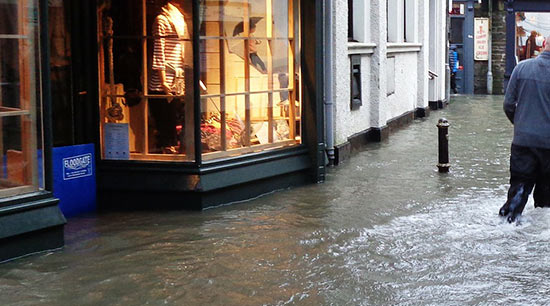
alpharettawaterdamageremoval.com assembled the following information about the types of water that cause home flooding, what precautions to take, and how to remove that water from your home.
Water Damage Categories
When your home starts flooding, the first instinct for most is to run into that water to secure valuables and gather your most important possessions to keep with you. However, before charging into the floodwater, you should consider the following:
Category 1 Water Damage – Clean Water
According to the Institute of Inspection Cleaning and Restoration Certification (IICRC), category 1 floodwater originates from an unpolluted or clean water source. It doesn’t pose any substantial risk from dermal contact, ingestion, or inhalation. Examples of category 1 water sources can include:
- Ruptured water supply line
- Bathtub or sink overflows (with no contaminants like soap or cleaning products)
- Broken toilet tanks, and toilet bowls (without cleaning products or human waste)
- Appliance malfunctions (water-supply lines/hoses)
- Melting ice or snow
- Falling rainwater
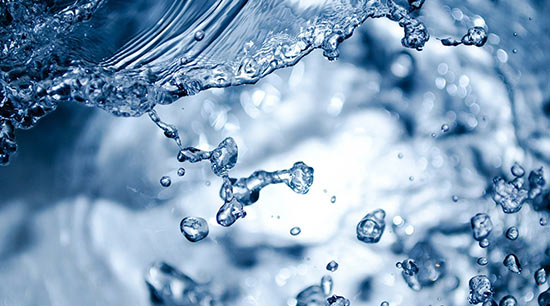
Category 1 water can become category 2 or 3. When this water flows over or through a contaminated surface or structure, it can change the water’s category.
Precautions – Since category 1 water can easily deteriorate to category 2 water, some personal protective gear is still suggested for your protection:
- Plastic or rubber gloves
- Goggles or protective eyewear
- Protective clothing
- Face mask or shield
Tip: Protect yourself from splashing water by covering your eyes, nose, mouth, and using water removal equipment that avoids splashing.
Removal – This water can be removed by doing the following:
- Stop the source of the water (or wait for rising water to recede)
- Use a wet/dry vacuum to remove as much of the water as you can
- Use towels to soak up any residual water
- Open windows, then turn on ceiling fans, box fans, and your HVAC fan
Tip: Move furniture and fixtures to permit complete water extraction from behind and under these items.
Category 2 Water Damage – Grey Water
Contact or consumption of category 2 water by people can result in severe discomfort or illness. This water may contain microorganisms and/or organic or inorganic matter – either chemical or biological. Examples of category 1 water sources can include:
- Evacuating water or overflows from malfunctioning washing machines or dishwashers
- Toilet bowl overflows containing urine but no feces
- Bathtub or sink overflows with soap or cleaning product contamination
- A ruptured water bed
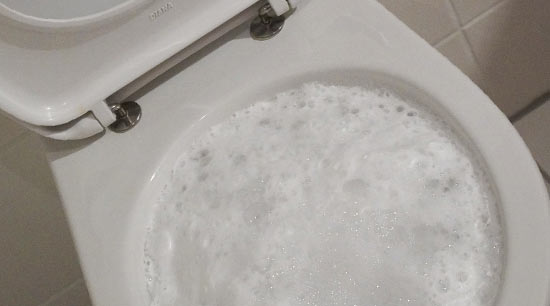
Category 2 water can become category 3. Microorganisms contained in this water can grow exponentially depending on the amount of time the water sits and its temperature.
Precautions – Category 2 water can quickly deteriorate to category 3 water. Personal protective gear is suggested for your protection:
- Plastic or rubber (cut resistant) gloves
- Goggles or protective eyewear
- Impermeable (rubber, plastic, or insulated) footwear
- Protective head-to-toe clothing
- Face mask or shield
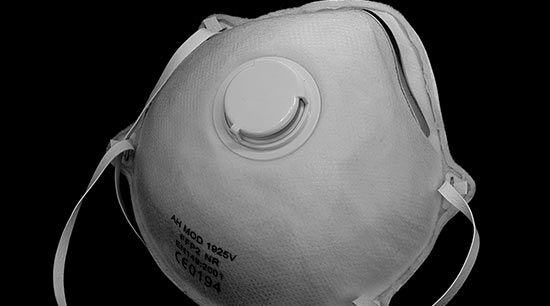
Tip: This cleanup activity should avoid direct skin contact with the floodwater in question through the use of appropriate protective equipment and clothing.
Removal – This water should be carefully removed by doing the following:
- Stop the source of the water (or wait for rising water to recede)
- Use a wet/dry vacuum to remove as much of the water as you can
- Use disposable towels to soak up and dispose of any residual water
- Open windows and doors, then turn on ceiling fans, box fans, and your HVAC fan
- Sanitize all affected flooring, furniture, and fabrics
- Thoroughly wash and dry all clothing and protective equipment after use
Tip: If you are required to vacate your property while this cleanup takes place, save your receipts and contact your insurance carrier. There should be built-in clauses to protect you and your family under such circumstances. Read more about insurance policies and coverage at alpharettawaterdamageremoval.com/what-is-flood-insurance-how-do-i-buy-it/
Category 3 Water Damage – Black Water
Category 3 water is heavily contaminated, containing pathogenic, toxigenic, or other detrimental contaminants. It can cause severe, adverse reactions to people if contacted or consumed. Examples of category 3 water sources can include:
- Sewage
- Sewage line backflows (regardless of appearance or odor)
- Rising floodwater (especially from rivers and streams)
- Any form of seawater flooding
- Wind-driven rain from severe weather systems (hurricanes, tropical storms, tornados, etc.)
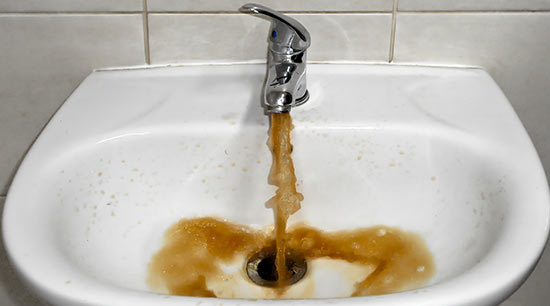
This water category may carry regulated or hazardous material, including:
- Pesticides
- Mercury
- Lead
- Oil
- Polychlorinated biphenyls (PCBs)
- Solvents
- Fuels
- Radiological residue
- Caustic chemicals
Skin contact or ingestion of suspected or confirmed category 3 water should be avoided at all costs. There are no safe levels of contact with this water, and any contact with it should be followed up with an examination from your primary care physician.
Precautions – Category 3 water should be treated as a severe health hazard. Complete personal protective equipment is suggested for your protection:
- Plastic or rubber (cut resistant) gloves
- Goggles and/or protective eyewear
- Impermeable (rubber, plastic, or insulated) footwear
- Protective head-to-toe impermeable covering or clothing
- National Institute for Occupational Safety and Health (NIOSH) approved respirator
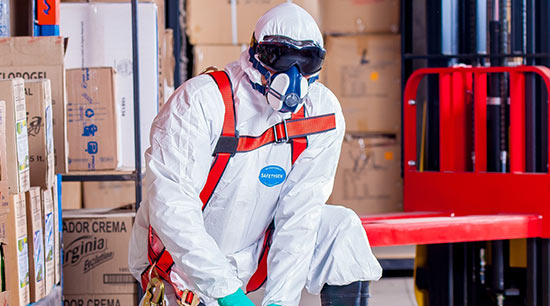
Tip: This cleanup requires that extra precautions be taken to prevent severe allergic reactions and/or illness.
Removal – Direct contact with this water should be avoided. Carefully remove this black water by doing the following:
- Stop the source of the water (or wait for rising water to recede)
- Use a wet/dry vacuum to remove as much of the water as you can
- Use disposable towels to soak up and dispose of any residual water
- Open windows and doors, then turn on ceiling fans, box fans, and your HVAC fan
- Thoroughly sanitize all affected flooring, furniture, and fabrics
- Thoroughly wash and dry all clothing and protective equipment after use
Tip: Due to this water’s highly infectious nature, it is strongly recommended to seek alternative lodging and hire a professional water removal company to handle this category 3 floodwater.
Water Damage Cleanup
In this article, you discovered the types of water that can flood your home, how to protect yourself during the cleanup, and how to remove that water from your property.
When you take swift action to safely remove floodwater from your property, you are protecting yourself and your loved ones from severe reactions and illness.
Allowing floodwater to sit for any period allows it to deteriorate, becoming a more severe threat the longer it sits, resulting in catastrophic health disorders and costly property damage.
Sources:
cdc.gov/niosh/topics/emres/ppe-flood.html
cdn.ymaws.com/www.iicrc.org/resource/resmgr/docs/standards/iicrc_s500_draft_standard_pu.pdf
epa.gov/sites/production/files/2014-08/documents/flood-related_cleaning_report.pdf
fema.gov/sites/default/files/2020-08/sandy_factsheet1_cleaning_flooded_bldgs.pdf
(678) 505-0266